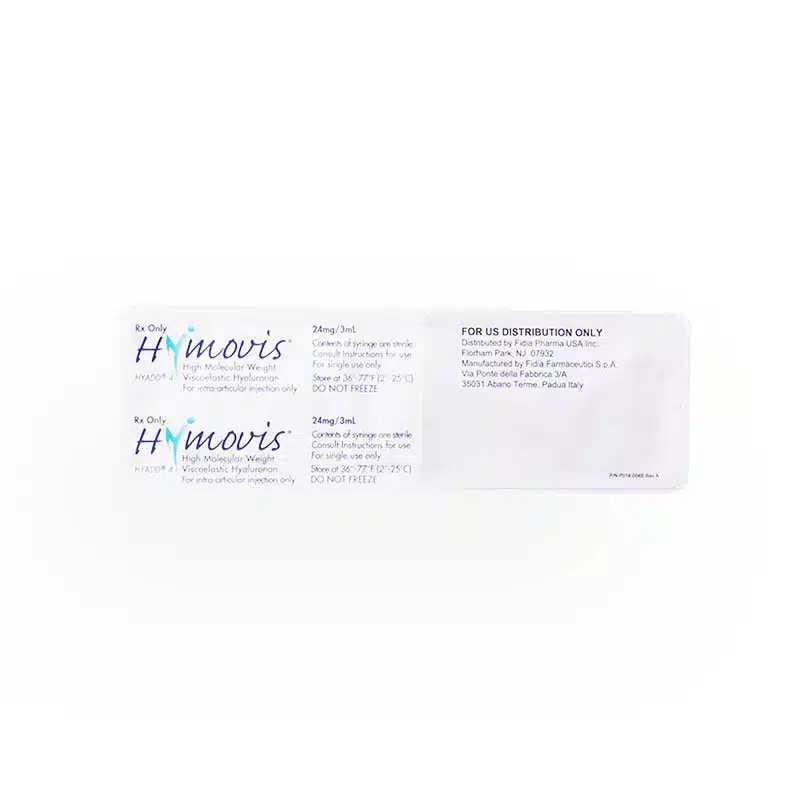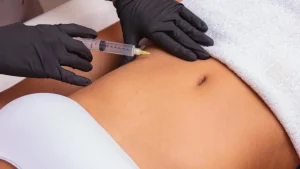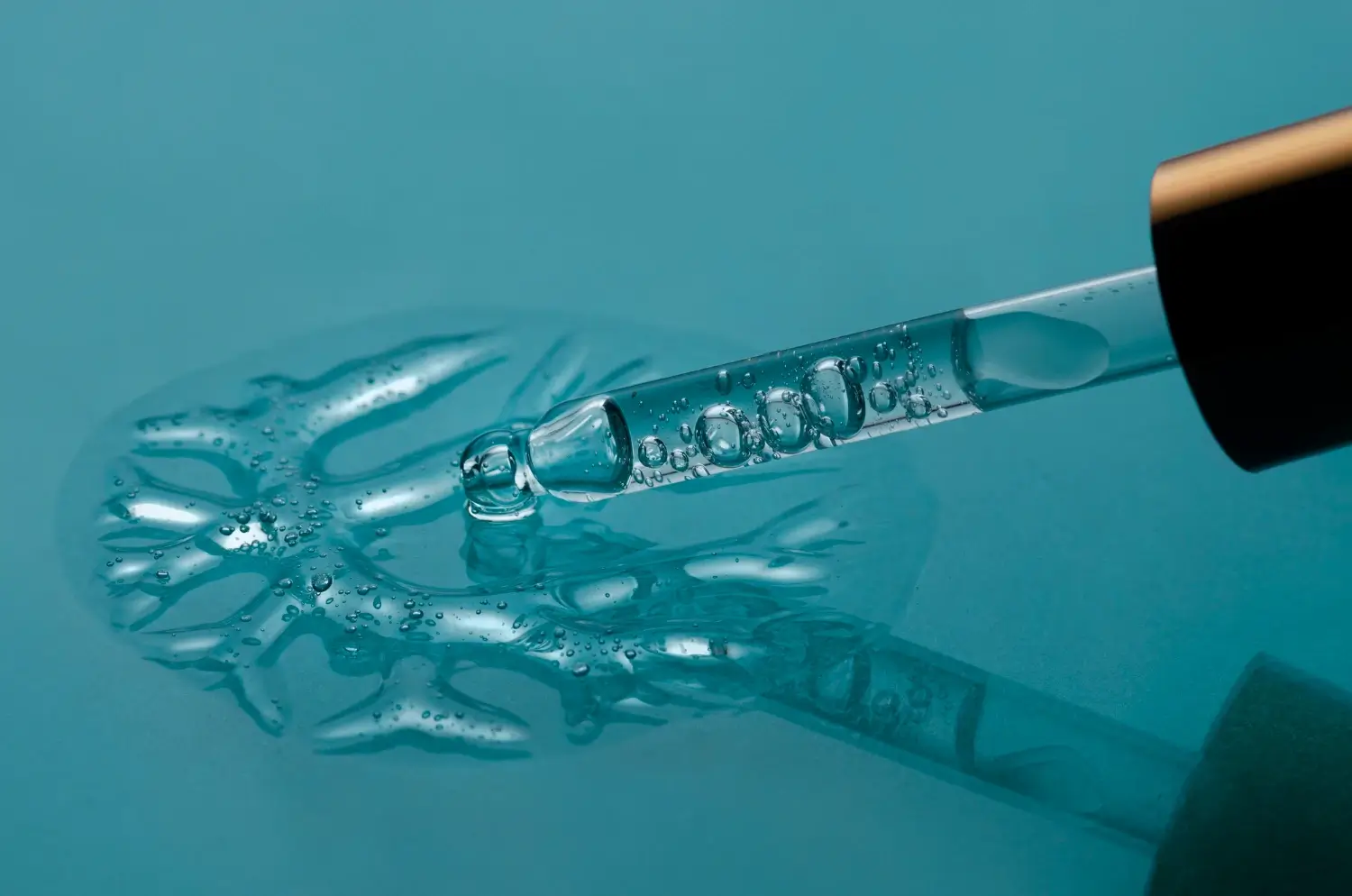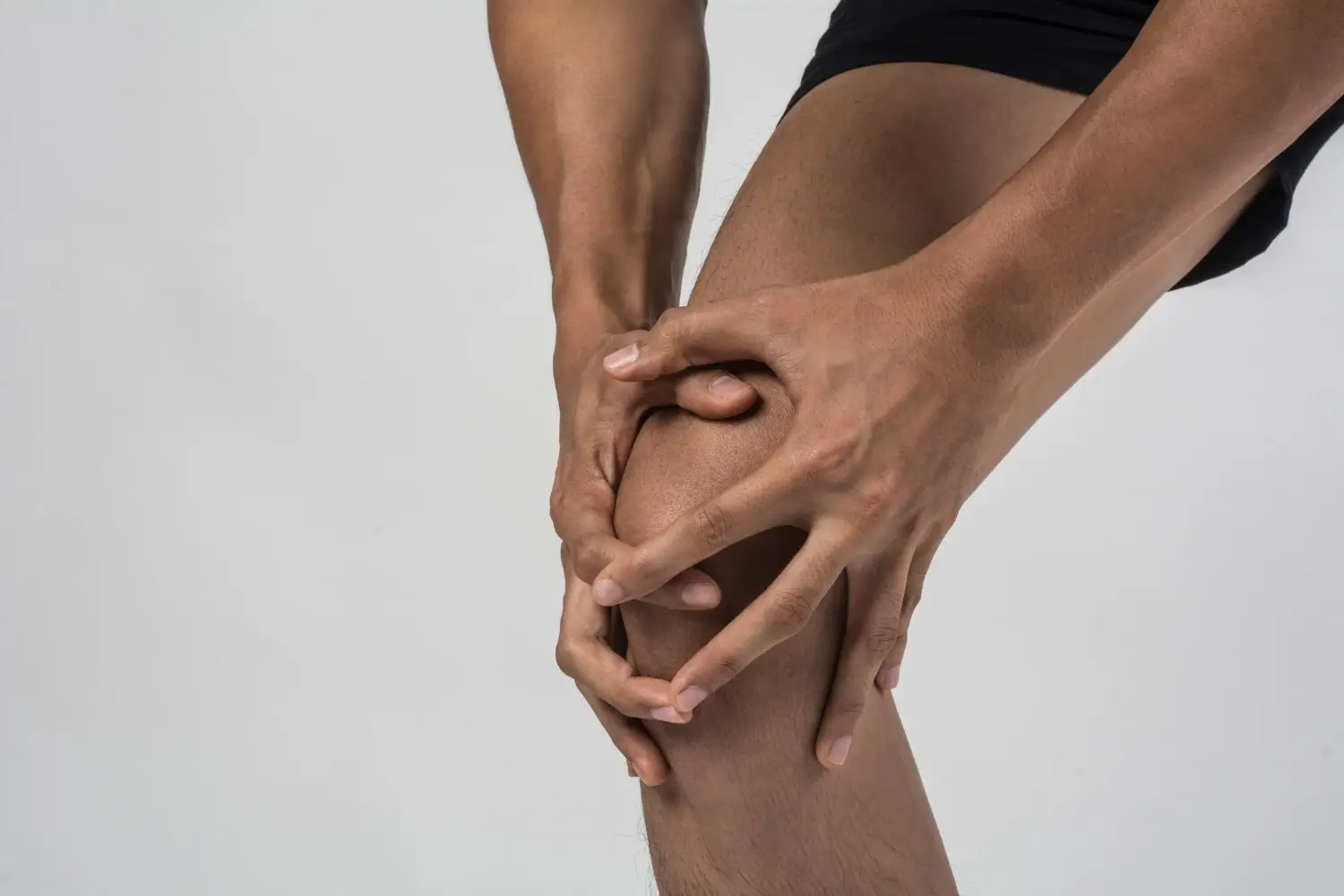Did you know that knee osteoarthritis (OA) is the most common form of chronic joint disease, contributing significantly to disability and reduced quality of life worldwide? As life expectancy increases and the population ages, the impact of knee OA on patients and public health continues to grow, creating a substantial burden.
One effective way to manage knee OA symptoms is through intra-articular hyaluronic acid injections. These treatments provide temporary relief and are often recommended by healthcare providers. Hymovis, in particular, stands out for its convenient injection frequency and dosing schedule, offering longer-lasting relief for patients with knee OA.
In this article, we provide a comprehensive guide to the frequency and dosing schedule for Hymovis injections. We will outline the recommended treatment protocol, including initial and maintenance dosing, to help healthcare providers establish an effective treatment plan for managing osteoarthritis symptoms.
Key Takeaways
- When administered into the affected knee joint, Hymovis restores the viscoelastic properties of the joint’s natural synovial fluid to deliver lubrication, cushioning, and shock absorption.
- The typical Hymovis treatment protocol involves two injection sessions spaced a week apart for optimal outcomes.
- Medical professionals may recommend Hymovis-treated patients for maintenance schedules to sustain symptomatic relief from knee osteoarthritis.
- Providers must prepare a tailored treatment plan for each patient, aligning these patient factors to the viscosupplement’s treatment protocol.
About: Medica Depot is your trusted all-in-one supplier, offering a range of high-quality medical injectables and supplies. Order Hymovis online at Medica Depot today! Whether for health professionals, plastic surgeons, dermatologists, licensed estheticians, or other specialists, we can offer genuine, brand-name products you may need. With Medica Depot, we prioritize serving you better to improve the patient’s quality of life.
What is Hymovis?
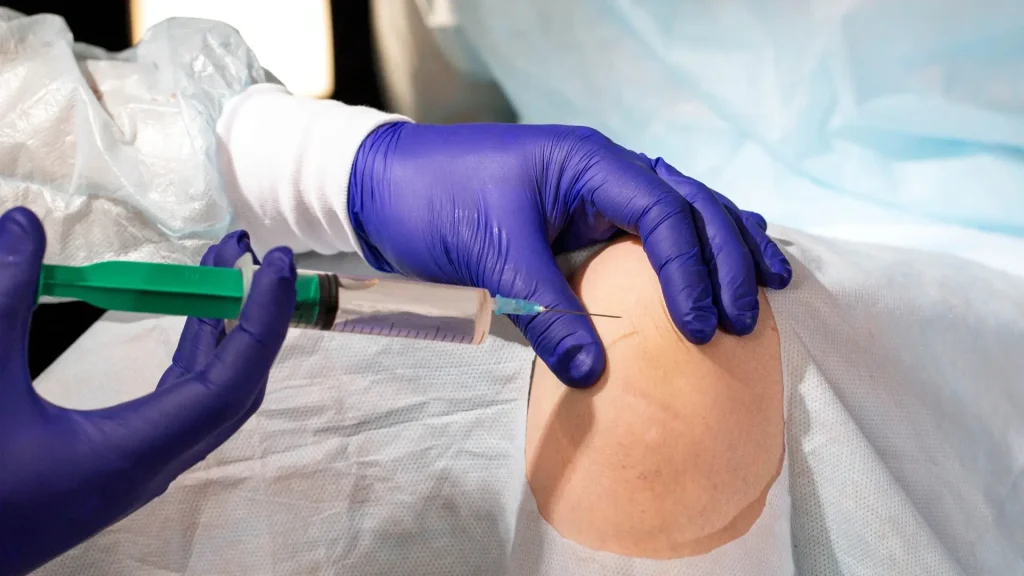
Hymovis is classified as a viscosupplementation therapy, which involves the use of hyaluronic acid injections to temporarily relieve symptoms of osteoarthritis, particularly in the knee.
Hymovis’s active ingredient, HYADD4, is a high-molecular-weight viscoelastic hyaluronan derivative that has undergone a proprietary process to extend its effects, without the need for chemical crosslinking. This unique formulation allows Hymovis to provide lasting relief for patients experiencing joint pain and stiffness.
When administered into the affected knee joint, Hymovis restores the viscoelastic properties of the joint’s natural synovial fluid. This helps provide lubrication, cushioning, and shock absorption, reducing cartilage friction and improving joint mobility. As a result, patients with knee osteoarthritis (OA) often experience significant symptomatic relief, including reduced pain and improved movement.
The benefits of Hymovis injections include:
- Lasting Pain and Swelling Relief
- Improved Joint Mobility and Flexibility
- Enhanced Quality of Life
- Minimal Downtime
- Quick Procedure
Recommended Treatment Protocol

Hymovis features a convenient two-injection regimen compared to other viscosupplements that require three to five sessions. The standard Hymovis treatment protocol involves two injections spaced one week apart, providing effective symptom relief with fewer sessions.
Each injection requires a full 3 mL dose, administered intra-articularly into the affected knee joint using an 18-20 gauge needle. For patients needing treatment in both knees, separate syringes must be used for each joint to ensure accuracy and safety.
Medical practitioners may adjust the initial dosage and frequency based on individual patient needs, such as the severity of the osteoarthritis, treatment goals, and medical history. This patient-centric approach helps to maximize the benefits of Hymovis for knee OA, ensuring tailored treatment for optimal outcomes.
Maintenance Dosing Schedule
Although long-term efficacy studies for Hymovis are limited, healthcare providers may recommend maintenance injections to sustain relief. The maintenance schedule is often based on individual treatment responses, with most patients benefiting from a two-week maintenance regimen involving one injection per week.
The recommended dosage for each maintenance injection remains similar to the initial dose of 3 mL, though adjustments can be made depending on the patient’s response and condition. Regular follow-up appointments are crucial for evaluating both the efficacy and safety of Hymovis, allowing for ongoing adjustments to the treatment plan as needed.
Patients are encouraged to work closely with their healthcare providers for regular monitoring. This approach ensures that the treatment continues to be effective, addresses any side effects, and ultimately improves the patient’s quality of life.
Factors Influencing Dosing Frequency

The frequency of Hymovis injections can vary significantly depending on several patient-specific factors. Medical professionals evaluate these factors to tailor the treatment plan, ensuring optimal outcomes and minimizing potential complications.
Factors that can influence the dosing frequency include:
- Age: Older patients may have reduced joint fluid production, requiring more frequent injections for adequate relief.
- Weight: Excess weight puts additional pressure on knee joints, which may lead to the need for more frequent treatment to maintain pain relief and improve mobility.
- Current Medications: Certain medications can interact with the effects of Hymovis, potentially affecting how often injections are needed.
- Other Health Conditions: Conditions like diabetes or autoimmune disorders can impact how well a patient responds to viscosupplementation, necessitating adjustments in dosing.
- Overall Health: General health and lifestyle can play a role in how effectively the body processes and responds to Hymovis injections.
- Knee Osteoarthritis (OA) Condition: The condition of the joint itself, such as the level of cartilage degradation, will directly impact the frequency and effectiveness of treatment.
The severity of knee osteoarthritis (OA) is another crucial factor affecting the dosing schedule. For individuals with mild to moderate OA, the standard Hymovis treatment protocol may be sufficient to relieve pain and improve joint function.
However, patients with severe OA may require more frequent injections or higher doses to manage their symptoms effectively. In these cases, medical professionals may increase the frequency to maintain adequate lubrication and cushioning in the joint.
Furthermore, adjustments to dosing frequency are often based on the patient’s response to initial treatments. For example, if a patient experiences significant relief and improved joint function, the interval between injections might be extended. Conversely, if the response is limited, adjustments may be made to provide more frequent treatment.
This patient-centric approach helps maximize therapeutic outcomes while minimizing potential Hymovis side effects, such as pain or swelling at the injection site.
Conclusion
Hymovis is an FDA-approved viscosupplement for treating knee osteoarthritis, providing up to six months of pain relief and improved joint mobility by restoring natural joint fluid properties. A patient-centric approach and adherence to the recommended treatment protocol are crucial for maximizing benefits and ensuring safety.
Collaboration between patients and healthcare providers is key to achieving optimal results and managing potential risks.
FAQs
1. What is Hymovis, and how does it work?
Medical professionals may use Hymovis to treat symptoms caused by osteoarthritis. It contains the active ingredient HYADD4, a high-molecular-weight viscoelastic hyaluronan derivative, which, when administered into the affected knee joint, restores the viscoelastic properties of the joint’s natural synovial fluid to provide lubrication, cushioning, and shock absorption.
2. What is the recommended dosing schedule for Hymovis?
The typical Hymovis treatment protocol involves an initial two-injection regimen spaced a week apart, with each injection requiring a full 3 mL of the solution. For maintenance, a once-weekly injection for two weeks may be recommended. The dosage is similar to the initial 3 mL dose but subject to adjustment based on the individual’s response and knee OA condition.
3. What factors influence the dosing frequency of Hymovis?
Age, weight, current medications, other health conditions, overall health, and the severity of knee osteoarthritis can influence the frequency of Hymovis injections. Individual differences in metabolism and joint condition may also impact the dosing frequency, and medical professionals tailor the treatment plan based on these factors to ensure patient suitability and optimal outcomes.
References
- Geng, R., Li, J., Yu, C., Zhang, C., Chen, F., Chen, J., Ni, H., Wang, J., Kang, K., Wei, Z., Xu, Y., & Jin, T. (2023). Knee osteoarthritis: Current status and research progress in treatment (Review). Experimental and therapeutic medicine, 26(4), 481. https://doi.org/10.3892/etm.2023.12180
- Hymovis FAQs. (n.d.). Hymovis. Retrieved September 26, 2024, from https://www.hymovis.com/oa-your-treatment/faqs/

